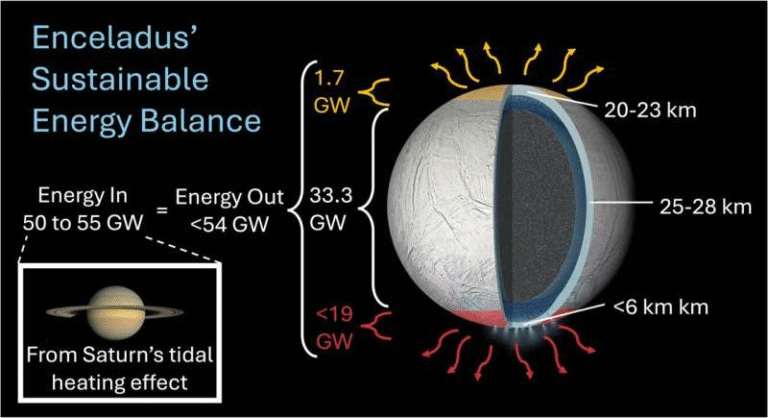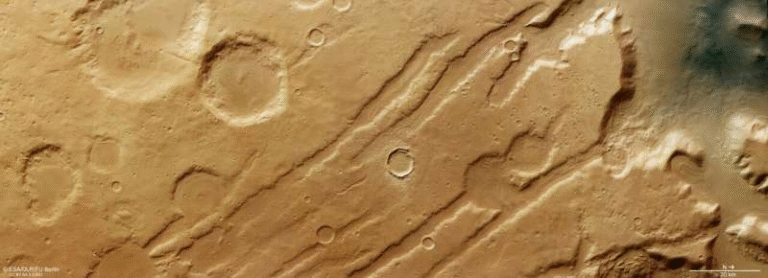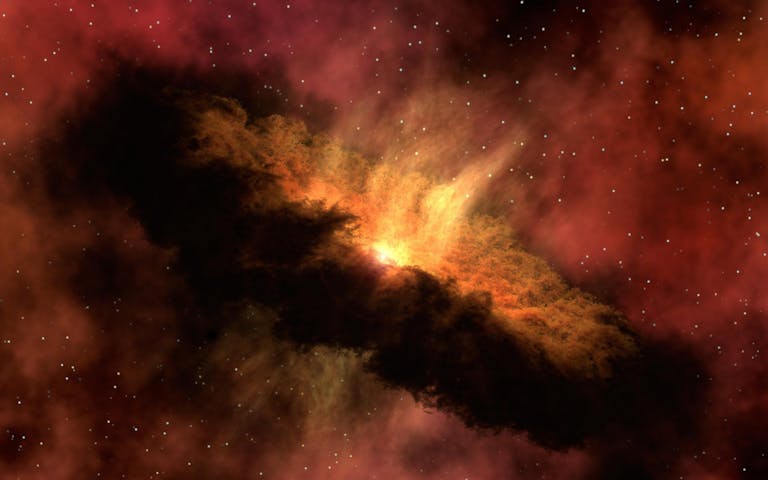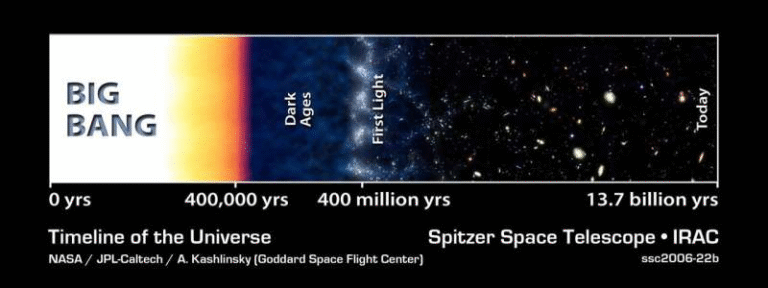MIT Scientists May Have Finally Cracked the Moon’s Magnetic Mystery
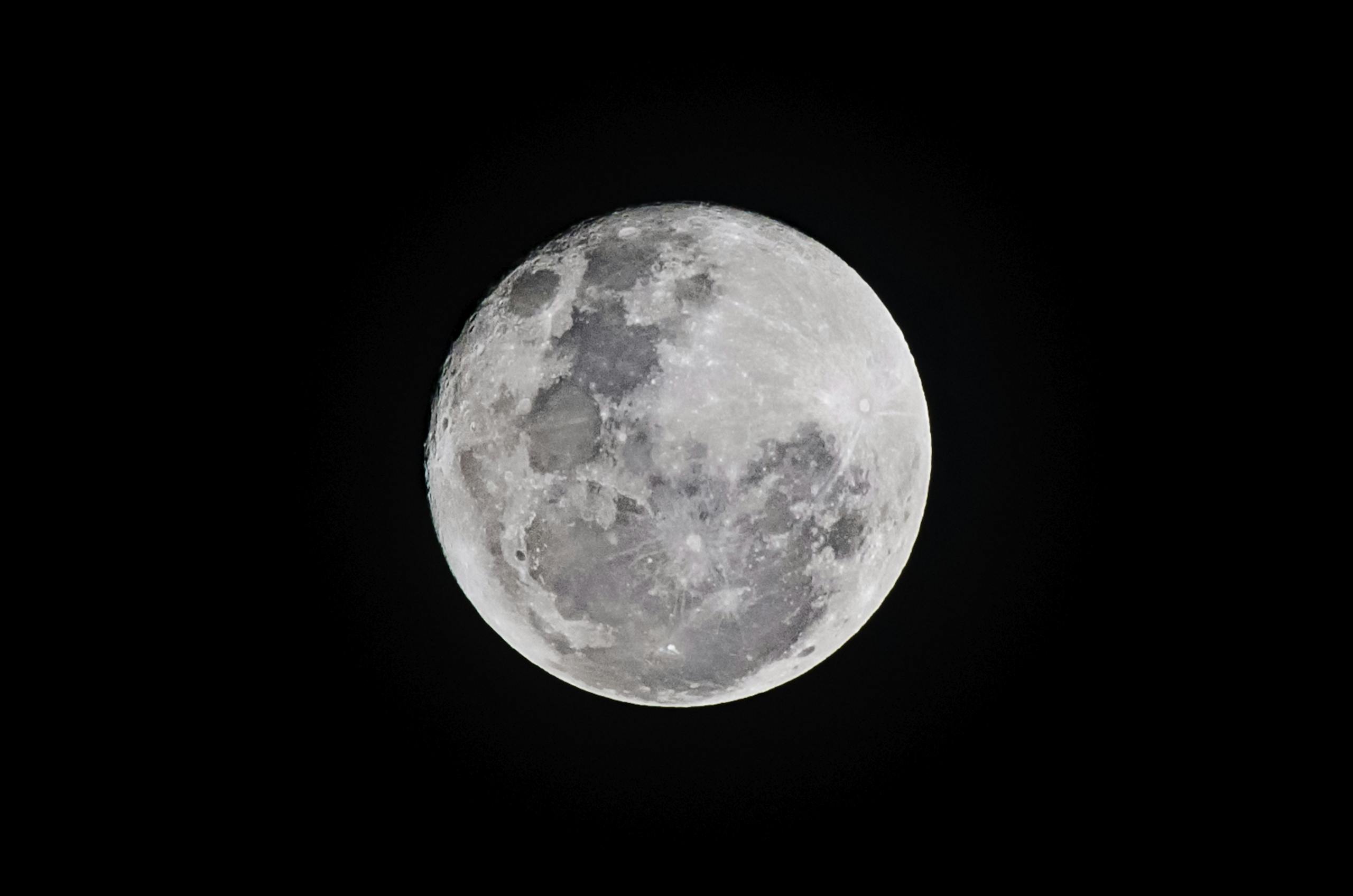
For decades, scientists have been scratching their heads over a fascinating puzzle: why do some lunar rocks show signs of strong magnetism, even though the Moon today has no magnetic field?
Thanks to a new study from MIT, we might finally have an answer—and it’s both surprising and elegant.
The Moon’s Hidden Magnetism
Evidence for an ancient lunar magnetic field has been around since the Apollo missions, when astronauts returned with samples that contained strong magnetic signatures. Later, orbiting spacecraft confirmed that the Moon’s surface rocks—especially those on the far side—carry traces of magnetism. But here’s the kicker: the Moon’s core is too small to have powered a long-lasting, Earth-like magnetic field.
So, where did this magnetism come from?
A Collision-Fueled Surge
The MIT team suggests that a giant asteroid impact may have briefly boosted the Moon’s weak magnetic field billions of years ago. Here’s how:
- The Moon once had a faint magnetic field, generated by a tiny molten core (much weaker than Earth’s).
- When a massive impact occurred—such as the one that formed the Imbrium Basin—it produced a cloud of plasma (charged particles).
- That plasma swept around the Moon, concentrated on the opposite side, and temporarily amplified the Moon’s weak magnetic field.
- This burst lasted only about 40 minutes, but it was enough for surrounding rocks to lock in a permanent magnetic record.
The result? Patches of highly magnetic rocks, particularly on the far side near the lunar south pole—exactly where spacecraft have detected them.
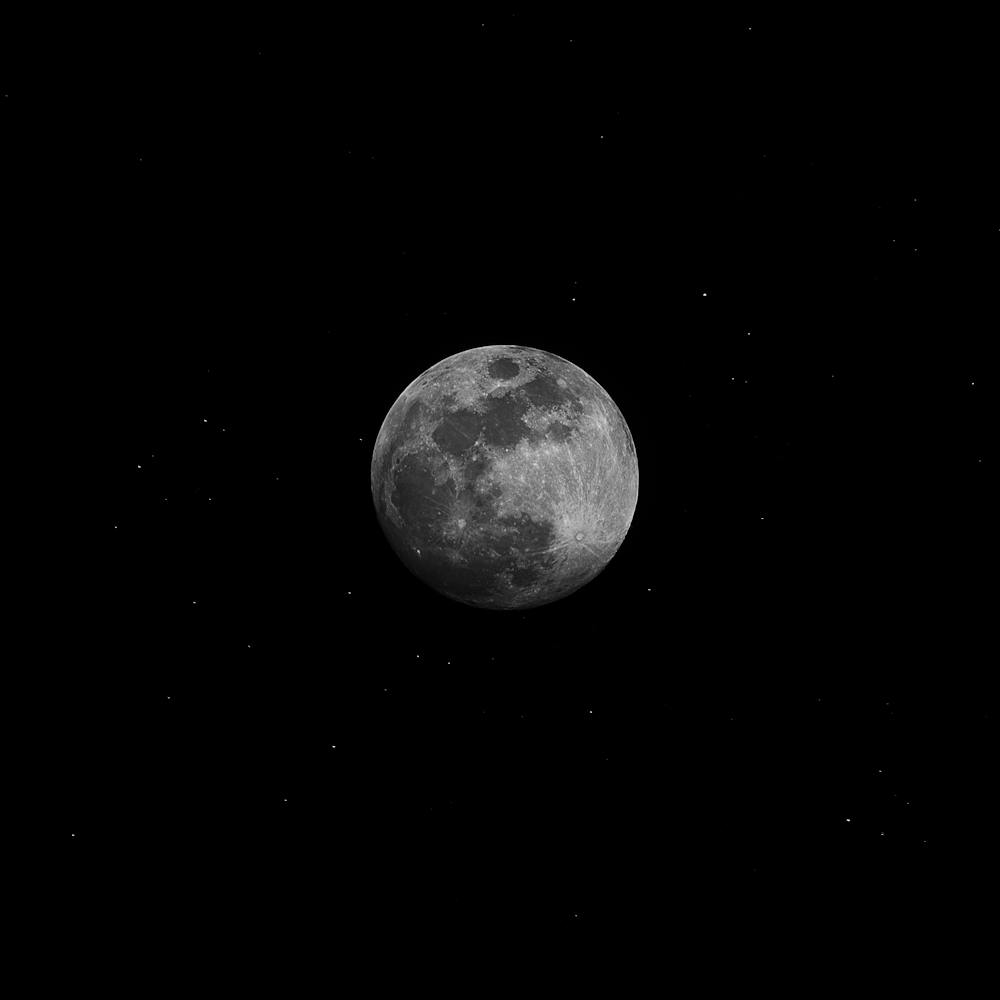
Shockwaves and Spinning Electrons
But there’s another twist. The researchers discovered that an impact of this size would have sent powerful shockwaves through the Moon, causing rocks on the opposite side to “jitter.” That brief shaking unsettled their electrons, which naturally align with magnetic fields. Just as the amplified field peaked, the rocks’ electrons reset in a new orientation—recording the momentary surge of magnetism like cosmic fingerprints.
Think of it as tossing a deck of cards into the air while a giant magnetic force is present. When the cards fall, they all land pointing in the same direction. That’s essentially what happened on the Moon.
Why This Matters
This explanation blends two long-debated ideas—an ancient lunar dynamo (a weak, core-driven field) and plasma from giant impacts—into one cohesive story. Instead of being mutually exclusive, they actually worked together. The dynamo provided the weak background field, while the impact supercharged it for just long enough to leave a permanent mark.
It also offers a testable prediction. If future missions—such as NASA’s Artemis program—can collect and study rocks from the Moon’s far side near the south pole, scientists may find telltale signs of shock and magnetization, confirming this theory once and for all.
A Mystery (Almost) Solved
The Moon’s magnetic mystery has puzzled scientists for half a century. With the help of supercomputer simulations and creative thinking, MIT researchers may have brought us closer to the truth. It seems the Moon’s magnetism isn’t just a relic of its ancient core or a one-off effect from impacts—it’s a story of both, working together in a dramatic cosmic moment.
As one researcher put it: when it comes to lunar magnetism, the answer isn’t either-or. It’s a little bit of both.
Source: “Impact plasma amplification of the ancient lunar dynamo” by Isaac S. Narrett, Rona Oran, Yuxi Chen, Katarina Miljković, Gábor Tóth, Elias N. Mansbach and Benjamin P. Weiss, 23 May 2025, Science Advances.
DOI: 10.1126/sciadv.adr7401

